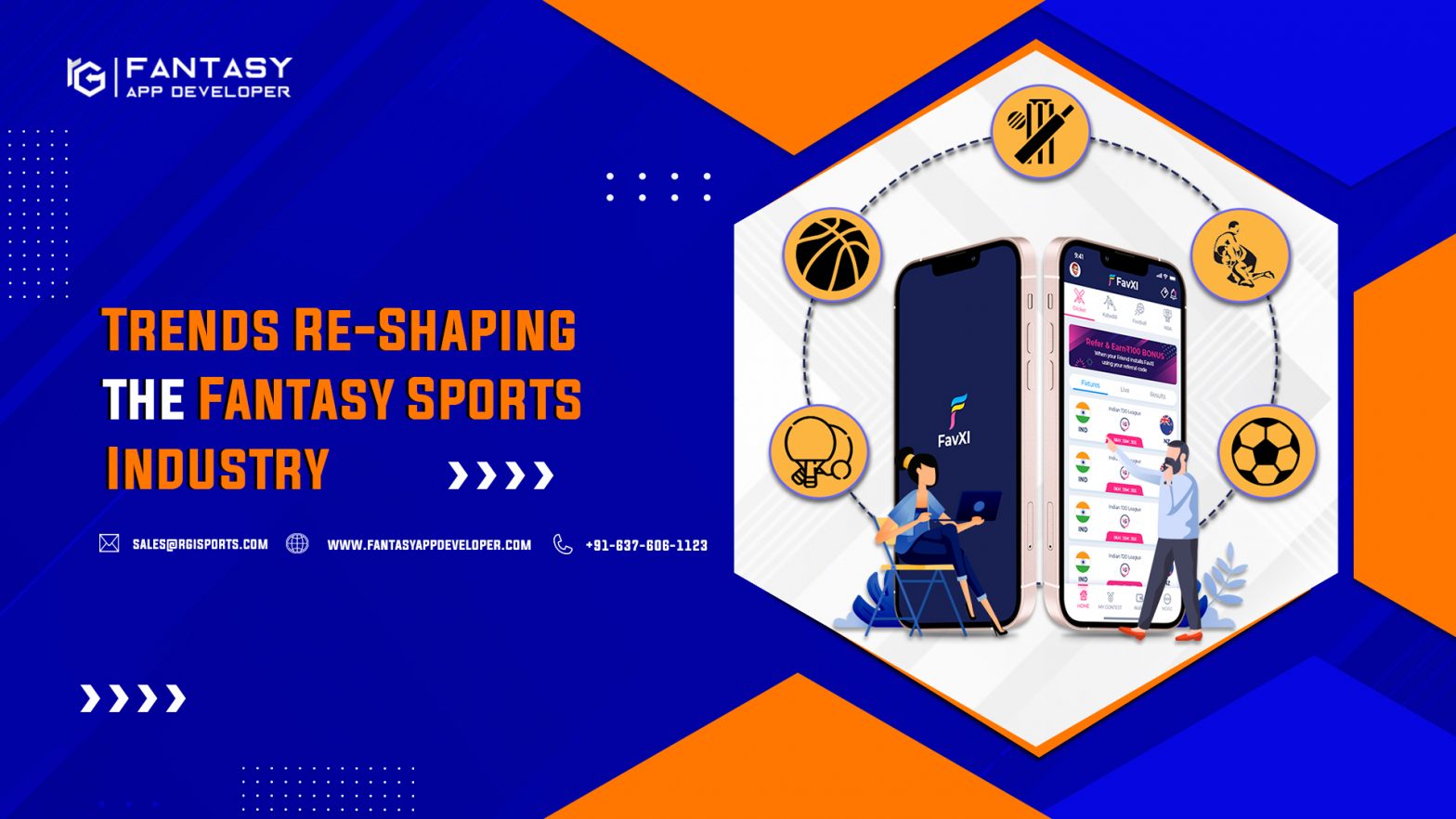In past years the technology has changed a lot to provide a better user experience by improving the visuals and app response. Every day there is a new technology in the market, which eventually helps the Fantasy Sports business owners to improvise their application with advanced technology. Nowadays, most businesses rely on these services to reshape their Fantasy Sports platforms.
We have done our research and found out the advanced technology that Fantasy sports owners are using. These technologies are the future of your application and technology.
Here are the trends that will be turning the face of the Fantasy Sports Industry:
The following technologies will be altering the functionality and response of your fantasy sports application. Integrate them with your platform as per your requirement.

1.100% Cloud presence
Nowadays, startups are focusing on the product more than the infrastructure they need to operate by utilizing the public clouds offered by cloud services like Amazon (AWS), Google (GCP), and Microsoft (Azure). These clouds give liberty to companies to pay as they grow and access the infinite scalable platform. However, there is some security concern with the public cloud, and these service providers are working on a security framework to secure the product.
2. Artificial Intelligence/Machine Learning
Artificial Intelligence has become a crucial component of all sorts of emerging industries. Whether it’s a startup or a big company, all organizations started integrating AI/ML with their services. The applications start with Computer Vision, Speech Recognition, Face Recognition, Natural Language, and Recommendation systems and go beyond. Chatbots are one of the most trending applications of AI today, to serve user queries instead of going for a long tiring method of customer service.
From companies like Haptik, Drift, etc, companies are buying shelf machine learning products to reduce the human involvement in the customer queries.
3. PWA
Progressive Web Apps enjoy the benefits of the new technologies that bring in the best of web and native applications to users. PWA designs should be reliable, fast, and engaging. If you look from a business perspective PWA works wonders for user reach, acquisition, and conversion.
In India, where most of the audience has low-end mobile devices with poor mobile data networks, a lot of companies are investing in building alternative Apps called PWA.
- Blockchain: Blockchain is one of the emerging technologies of 2025 and has already started empowering the framework for digital currency – Bitcoin. Blockchain Revolution(2016) authors Don & Alex Tapscott say that” Blockchain is a non-corruptible digital ledger that can be programmed not only for transactions but for every valuable virtual thing. A lot of companies are looking for multiple ways to integrate AI/ML in their business to enhance business security.
- Augmented Reality – Augmented Reality combines real-world environments with digital information. Virtual Reality creates a virtual environment completely that requires more investment in building the product and user (headset). Integration of AR in the application is quite easier because of the platform provided by iOS and Android operating systems. App developers are using AR to enhance the features of the application with a minimalistic effort by maximizing the benefits of the platform.
- Data Analytics – Over time, data has become one of the biggest assets of organizations to understand user requirements better. Nowadays, every small and big company invests in data analytics, to focus on this aspect of the business. Understanding the user requirement better than your competitors is the best way to be ahead of your competitors. This data can be used in various ML algorithms to create a model that reduces the requirement for human involvement or can be sent off the shelf to analytics providers like Web Engage, Clevertap, etc. to operate user engagement and lifecycle campaigns.
4. Open Source
Nowadays, companies are relying on open-source software more to build their products. Whether it’s a vanilla version or wrapped up as managed services by companies like Dataxstax for Cassandra or Elasticache by Amazon for Redis. Even big companies like Facebook, Google, Linkedin, and Netflix are using open source technologies to promote startups to use them in their respective business.
5. Microservices Architecture/Additional functionalities
For maximum engagement, most sports apps can’t rely on their core functionality due to the market competition. Hence, they are adding other functionality in an app like multiple payment options, loyalty programs, virtual currency, giveaways, etc. The addition of such features makes the backend architecture more complex, and to deal with companies are moving towards microservices-driven modular architecture in the backend. These services have divided the responsibility in case of any issue, it is easily handled and does not affect the app performance.
Conclusion
As an emerging industry, Fantasy sports rule the market with exceptional platform functionality and app response. Fantasy sports business owners are one step ahead in the game of following technology trends to become the leading Fantasy sports in the market. Hence, the mentioned technology will help you to make your fantasy platform stand out from the crowd.



